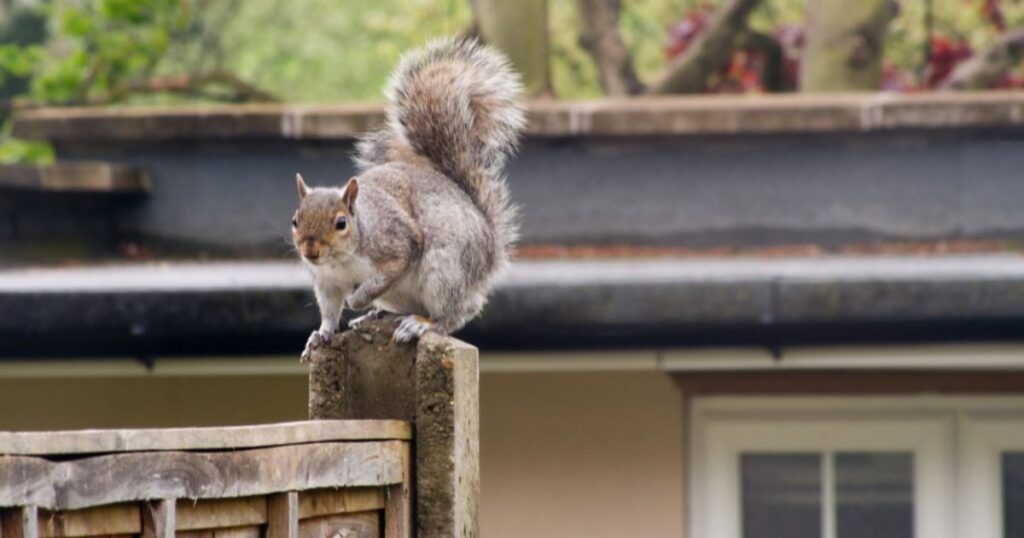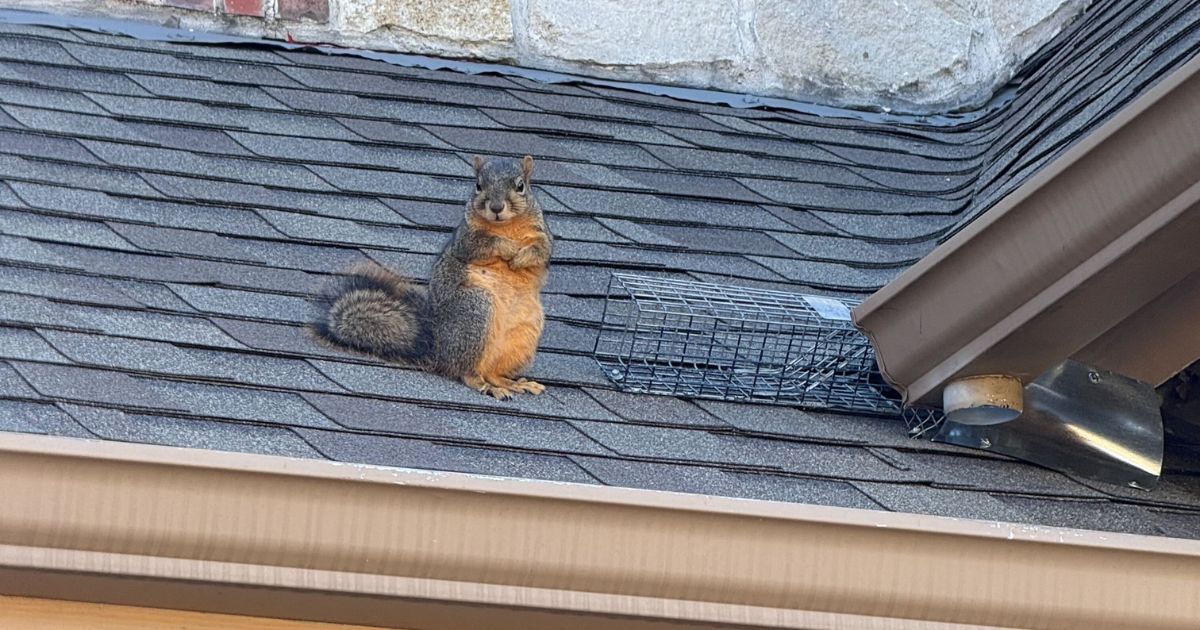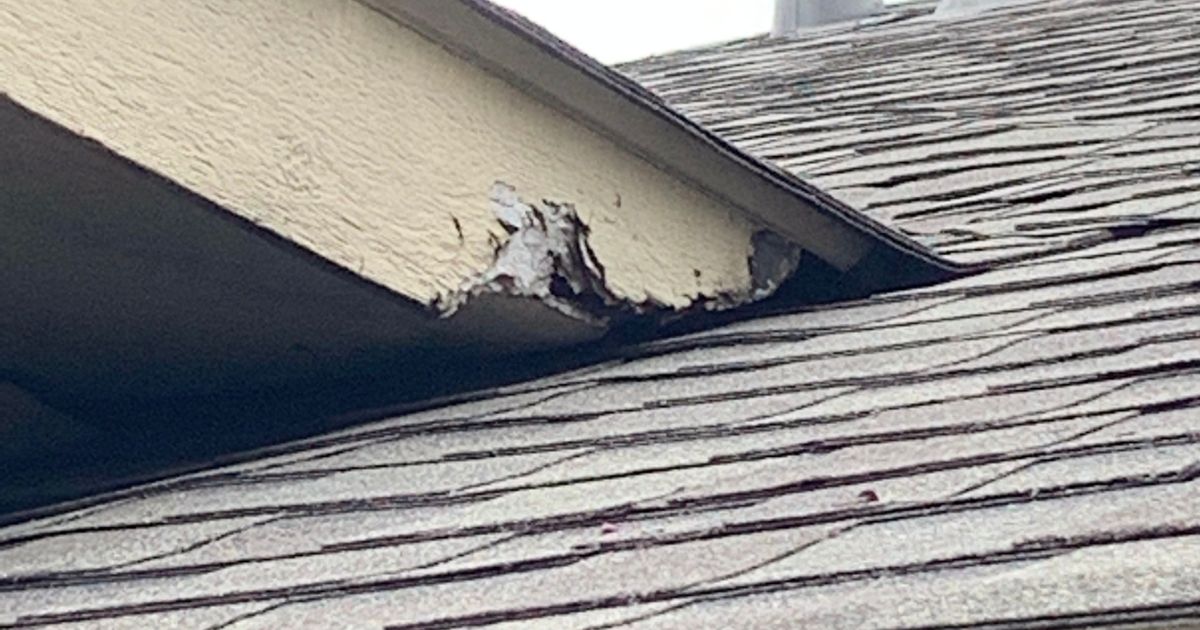
Squirrels often seek warm, sheltered spots for their winter nesting, and your attic can become an appealing target. To prevent squirrels from entering your attic, it is essential to identify potential entry points and take proactive measures. Understanding their behavior and nesting patterns can help keep these critters at bay.
In regions like Oklahoma, where winters can be harsh, squirrels search for cozy places to spend the colder months. They are adept at finding small openings to access attics, where they can create nests using insulation and other materials. You can safeguard your home by recognizing the signs of squirrel activity and knowing where to look for entry points.
Monitoring your attic and inspecting for any signs of these invaders is crucial. Repairing potential entryways and considering preventative measures will ensure your living space remains a squirrel-free zone during winter. Staying informed about squirrels’ nesting habits can save you from costly damage.
Understanding Squirrel Behavior
Squirrels exhibit distinct behaviors influenced by seasonal changes and the need for shelter. Recognizing these behaviors is essential for preventing unwanted attic entry and managing infestations.
Seasonal Habits and Attic Entry
In winter, squirrels seek warmth, often leading them to invade attics for nesting. In regions like Oklahoma, this behavior is particularly noticeable as temperatures drop. Squirrels are adept at finding vulnerabilities in roofs and eaves, making your attic an attractive option for shelter.
During fall, they gather food, which prompts them to explore potential nesting sites. You may notice increased activity as they search for entrances. Adult squirrels can squeeze through small openings, so inspecting for gaps is vital.
Signs of Squirrel Infestation
Identifying a squirrel infestation early can save you from extensive property damage. Look for droppings, which are small and typically dark brown, resembling mouse feces but larger. You might also hear noises such as scrabbling or scratching in your walls or ceiling, especially during early morning or dusk.

Nests from leaves, twigs, or insulation can be found in attics. Chew marks on rafters or wires indicate that squirrels are active in your space. Inspect your attic regularly to catch these signs early, reducing the risk of extensive damage and ensuring your home remains pest-free.
Effective Attic Pest Control Strategies
Addressing pest issues in your attic requires a systematic approach. Focus on thorough inspections, effective squirrel removal techniques, and the benefits of engaging professional services to ensure long-term pest control.
Inspection and Identification
Begin with a detailed inspection of your attic. Look for signs of squirrel activity, such as nesting materials like leaves, twigs, and fur. Check for droppings that indicate their presence.
Tools for Inspection:
- Flashlight
- Binoculars
- Camera for documentation
Identify entry points, including gaps in vents, chimneys, or rooflines. A clear understanding of the types of pests and their behaviors will guide your control strategies effectively. Regular inspections can help prevent future infestations.
Removal Techniques for Squirrels
Once you confirm the presence of squirrels, choose appropriate removal techniques. Trapping is one of the most effective methods. Use humane traps to catch squirrels without harm.
Essential Steps:
- Identify and seal entry points to prevent more squirrels from entering.
- Set traps in areas where activity is evident.
- Check traps daily and adhere to local wildlife regulations regarding relocation.
Consider natural repellents like peppermint oil around potential entry points. Always prioritize safety when dealing with pests to avoid injury to yourself or harm to the animals.
Professional Attic Pest Control Services
If you face a significant infestation or are uncomfortable handling the situation, professional pest control services can help. They bring expertise and specialized equipment to manage attic pest control efficiently.
Benefits of Professional Services:
- Thorough inspections and identification of all pest types
- Implementation of effective removal techniques
- Ongoing follow-up and preventive measures to dissuade reentry
Professionals also understand local laws regarding wildlife control. Engaging their services can save you time and ensure a more effective resolution to your pest issues.
Preventive Measures for Squirrel Entry
Implementing preventive measures is crucial for safeguarding your attic from squirrel entry. By focusing on exclusion methods, maintaining your home, and ensuring long-term protection during winter, you can significantly reduce the risks of squirrel infestations.
Exclusion Methods
To prevent squirrels in attics, start by sealing all potential entry points. Inspect your home for gaps or holes, particularly around vents, chimneys, and where utility lines enter. Use materials like hardware cloth, steel mesh, or caulk to close these openings securely.

Consider installing squirrel-proof vents and using flashing to cover larger gaps. It’s essential to check these areas regularly to ensure they remain secure. If squirrels are already present, remove them humanely before sealing the entry points.
Home Maintenance Tips
Regular home maintenance is vital in keeping squirrels away. Trim tree branches too close to your roof, as squirrels can easily leap onto your house from there. Remove any debris or vegetation near your foundation that might attract these animals.
Keep bird feeders well-maintained, and consider using squirrel-proof feeders. Store pet food and trash in sealed containers to minimize attractants around your property. Consistent upkeep can make your environment less appealing to nuisance wildlife.
Long-Term Winter Attic Protection
During winter, squirrels’ risk of entering your attic increases as they seek warm shelter. Insulate your attic properly and check for drafts to ensure long-term winter attic protection.
Invest in proper insulation that discourages nesting. Sprays or granules with natural repellents can also deter squirrels from settling in. It is crucial to monitor your attic for signs of entry or nesting activities during the colder months.
If you need professional assistance, call Critter Stop at (405) 645-5450 for a free inspection. Critter Stop has a fantastic reputation and online customer reviews because it provides high-quality work and great customer service.
—












